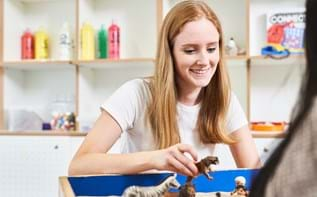When to be worried about worrying: typical versus clinical anxiety
When to be worried about worrying: typical versus clinical anxiety
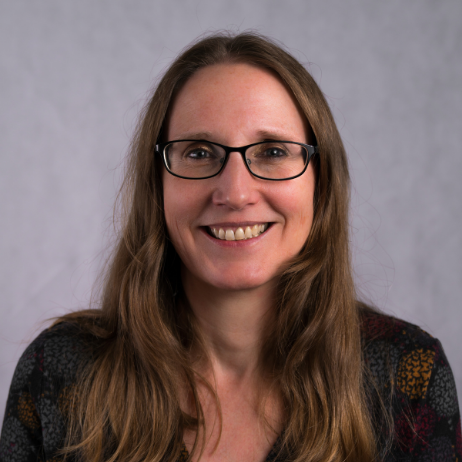
Professor Tamsin Ford
Professor of Child and Adolescent Psychiatry at the University of Cambridge - Tamsin is Research Chair at Place2Be. She is an internationally renowned Child Psychiatric Epidemiologist who researches the organisation, delivery, and effectiveness of services and interventions for children and young people’s mental health.
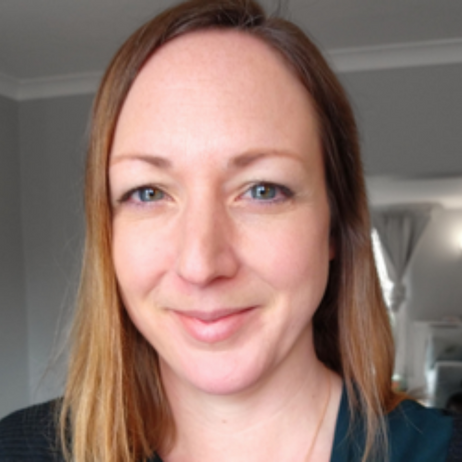
Dr Jennifer Saxton
Research Associate at the University of Cambridge - Jennifer is a mixed methods researcher, with a particular interest in interventions to improve young people’s mental health and reduce inequalities. Her recent projects include an evaluation of Place2Be's one-to-one counselling intervention, and the HOPE study.

Isaac Winterburn
Research Assistant at the University of Cambridge – Isaac is a Research Assistant on the HOPE Study, exploring the health outcomes and experiences of young people with special educational needs, and their families. He has an interest in researching mental health issues in children and young people, particularly anxiety, and has completed several mixed-methods studies in this area.
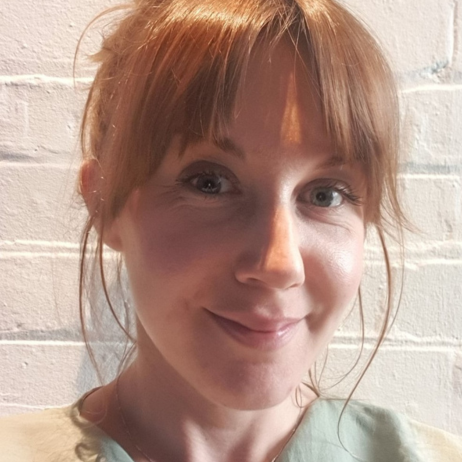
Dr Hannah Wilkinson
Research Partnerships Manager at Place2Be - Hannah has an academic background with a focus on the development and evaluation of interventions for pupils with social, emotional, and behavioural difficulties. At Place2Be, Hannah brings together academic researchers with our schools and clinical staff to address our research questions and ensure our evidence makes a real impact on the lives of children and young people.
Anxiety amongst young people was increasing before the pandemic, with a larger deterioration by 2020, which has since been maintained. The mental health fallout from the pandemic may last seven to ten more years. Exams are also approaching for students across the UK, where high test-related anxiety is common. But are all forms of anxiety harmful? And how can we determine the difference between typical and clinical levels of anxiety?
In this blog for Mental Health Awareness Week, Isaac Winterburn, Dr Jenny Saxton and Professor Tamsin Ford (University of Cambridge) and Dr Hannah Wilkinson (Place2Be) explore the line at which typical experiences of worry cross over into clinical levels of anxiety.
When can anxiety be helpful for us?
Anxiety is broadly defined as "an emotion characterised by feelings of tension, worried thoughts, and physical changes like increased blood pressure". However, the World Health Organisation (WHO) recognises that "anxiety and worry are normal emotional/cognitive states", and optimal levels may improve problem-solving, focus, and alertness. Some evidence even suggests that anxiety can increase motivation and excitement and improve performance during exams. In evolutionary terms, anxiety may have even protected us from pre-historic danger.
However, anxiety levels are not always optimal today and can lead to immense suffering. So how can we tell when anxiety is typical or not?
Shortcomings of ‘measuring’ anxiety
Various tools have been developed to measure anxiety accurately, consistently, and reliably. Many psychologists support that measurable differences separate typical and clinical anxiety. For example, in the Generalised Anxiety Disorder Assessment (GAD-7), those scoring at least 10 out of 21 are considered to be at risk of clinical anxiety.
Numerical cut-off points for intervention are common for physical health conditions, such as blood sugar levels amongst diabetic patients. But some argue that the appropriateness of taking a similar approach to anxiety and mental health is less clear.
No screening tool is perfect, but arguably mental health questionnaires provide more varied answers than blood tests or other more concrete measurements. For example, questionnaire scores may vary when completed by the young person compared to a clinician, a teacher, or a parent or carer. Also, measures of anxiety vary in the feelings, thoughts, and physical symptoms they assess. The severity of someone’s problem then may be considered differently depending on which tool is used, or it may be missed entirely.
So then, can there be a numerical boundary for when symptoms have moved from the "realms of normal experiences to sure-fire signs of a disorder"? This is an issue for other health conditions too, such as obesity, where the risk to health rises gradually as body weight approaches "abnormal", but there is no clear "step up" at which all individuals in a population would develop problems. Some individuals will cope better with these changes than others.
We can think of this as asking: If grains are removed from a heap of sand one at a time, at what point does this heap become a non-heap? Can a single grain of sand really be the difference? The same question could be asked about tools that measure anxiety, especially if we are using cut points to decide whether a young person receives mental health support. Young people with the same score may be more or less able to cope with everyday activities given their different psychological make-up, plus family and school environments.
Should we focus on the impact of anxiety instead?
An alternative approach to numerical screening might be to focus on the impact that anxiety is having on a person's life. As set out in the International Classification of Diseases 11th Revision (ICD-11), we should determine the boundary between typical and clinical anxiety by asking:
- how it's interfering with functioning
- how it's causing distress
- whether it features excessive, persistent, and intense worry.
This approach to determining a cut-off is more blurry and person-centred but looks beyond the numbers to "actually ask people how they are feeling".
The NHS Talking Therapies programme aligns with this. Here, individuals can self-refer to a professional and speak to them about their anxiety, regardless of whether clinicians would classify it as at a typical or clinical level. This is a similar approach to Place2Be's self-referral service, Place2Talk. Place2Talk is a service where any child or young person can request to speak to the Place2Be counsellor in their school. In the 2021/2022 academic year, 68,871 Place2Talk sessions took place across the UK, supporting over 33,000 children and young people in this self-referral service alone.
In practical terms, anxiety would be typical when approaching the first days in a new school, college or apprenticeship, taking exams, or attending interviews. The trick is to support young people to harness the increase in focus and energy that mild anxiety can bring and to use strategies to prevent it from escalating. These vary by individual but include:
- preparing for the stressful event
- scheduling pleasant activities
- engaging in relaxation techniques.
However, anxiety can become toxic and debilitating for some children and young people. Anxiety that occurs most of the day over weeks causes distress and disruption to sleep or appetite. It also affects learning, peer relationships, family life, and leisure activities that need more support.
Finding a way forward
Overall, adopting a complementary approach in practice might be best. Screening tools are useful for large-scale monitoring and evaluation. However, they should augment rather than replace clinical assessment that involves having conversations with the individual about their worry or anxiety and which considers their experiences of distress or disruption in context.
Resources you may find useful
News & blogs
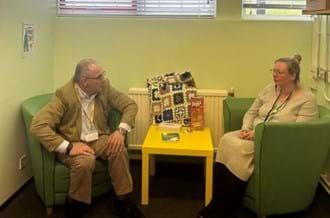
Harlow MP sees impact of our embedded service during school visit
Robert Halfon visited Stewards Academy on Friday 19 April, gaining insight into how Place2Be’s service supports students.
Read more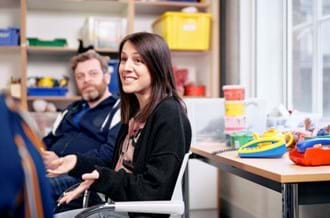
New bursary scheme to remove financial barriers for prospective child counsellors
The bursaries will enable more people to train as counsellors, helping to grow the children's mental health workforce.
Read more
A day in the life of a Place2Be Peripatetic Project Manager
Place2Be's Gail Samuels explains why the role is a crucial source of support and expertise to our schools across the UK.
Read more.


